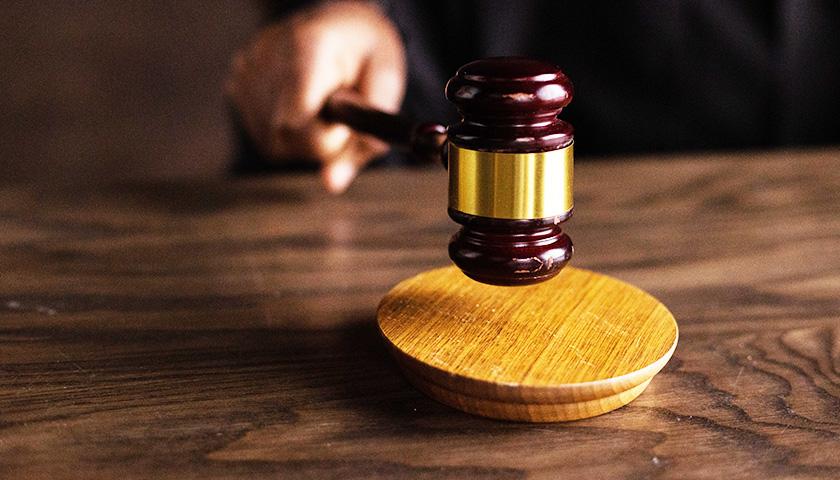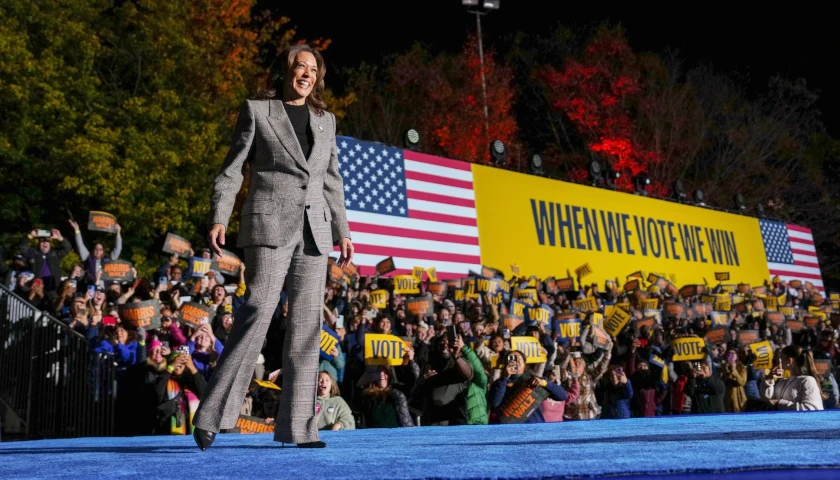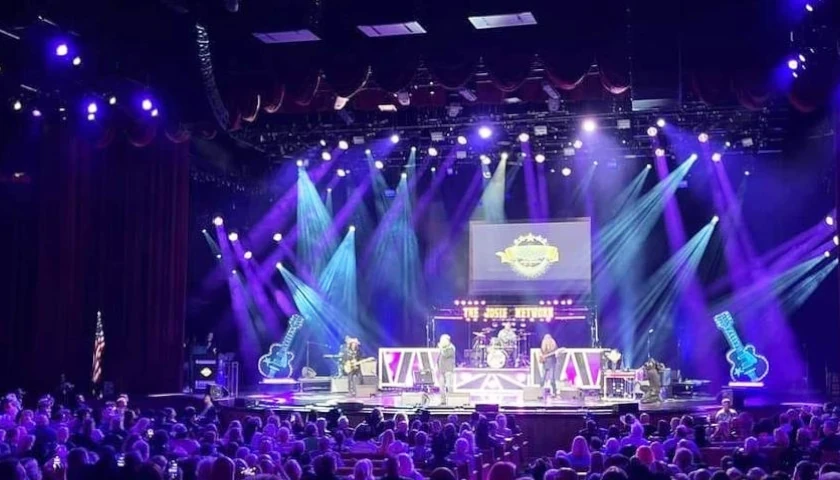The Arizona Sun Times examined the outcomes of the 92 election cases challenging illegalities in the 2020 election and determined that contrary to reports in the mainstream media, almost all of the judges did not consider evidence of election fraud.
This was in large part because the lawsuits didn’t allege election fraud, which is a very specific crime that usually requires a lot of discovery. Lawsuits challenging election outcomes generally cite other laws that are broken, which has long been considered sufficient to overturn elections. Judges issued their rulings in the 2020 cases without getting into the evidence or much discovery.
Most of the 92 cases involved challenges to illegal actions taken by election officials, which the judges dismissed by invoking technical reasons such as lack of standing, lack of jurisdiction, laches — which means brought too late, moot, or not ripe. A few of the judges who considered the lawsuits issued diametrically opposed rulings to others who handled very similar cases, finding that none of those technical reasons applied to bar the lawsuits.
Of the few cases where the plaintiffs wanted the courts to consider evidence of election fraud, judges found various ways to avoid it.
In Donald J. Trump for President Inc. v. Hobbs, the Donald Trump campaign, the Republican National Committee, and the Arizona Republican Party sued the Arizona Secretary of State on behalf of voters who were told by election workers to submit their ballots to the tabulators even though there were facial irregularities caused by Sharpies markers known as “overvotes.” They asked for an injunction prohibiting canvassing until these overvotes could be reviewed and adjudicated.
But instead of considering the evidence — there was an evidentiary hearing but no record of full discovery such as interrogatories — the judge said the total number of ballots affected would not have affected the presidential election outcome, and dismissed the case as moot. Many of the judges cited that as a reason for dismissing the cases but did not address the fact that if there were multiple allegations of illegal activity affecting ballots that turned out to be valid, they could have influenced the election.
The lawsuit was filed after the election on November 7, 2020. However, the court stated that it was partially mooted on November 13, 2020, and dismissed the case on November 16, 2020. Arizona did not certify its electors for Joe Biden until November 30, 2020. Maricopa County Superior Court Judge Daniel Kiley’s final order dismissing the case said nothing about the problems with the Sharpies, avoiding discussion of the evidence.
In contrast, many election lawsuits prior to 2020 often lasted months. In 1916, a challenge to the gubernatorial election results alleging fraud dragged out for months until the Arizona Supreme Court decided in favor of the losing candidate, forcing the incumbent out of office the following year.
Many lawsuits challenged election officials who expanded mail-in voting at the last minute, using COVID-19 as an excuse. The judges didn’t look into whether there was fraud but whether the officials had the authority. Some judges ruled that officials could use COVID-19 to justify making new rules that went against state law, while others ruled the opposite.
In Donald J. Trump for President et al v. Bullock et al, the judge ruled in an opinion dated September 20, 2020 — 34 days before the election — that the then-Montana governor could issue a vote-by-mail directive due to COVID-19, stating there was no evidence of fraud. U.S. District Court Judge Dana Christensen, who was appointed to the bench by former President Barack Obama, said election fraud was “fiction” but didn’t bring up any examples to refute it. In contrast, other judges ruled that showing election fraud was not necessary; merely stopping the possibility of it was enough to strike down officials’ actions violating the law.
In several cases, the judges admitted that the lawsuits were not about election fraud. In Donald J. Trump for President Inc. v. Montgomery County Board of Elections, the judge said in his 27-page order, “Petitioners stated they were not claiming any voter fraud…” In that case, the Trump campaign disputed the validity of 592 absentee ballots that lacked the voters’ addresses on the return envelopes. The judge ruled against the plaintiffs, stating that state law didn’t require voters to put their addresses on the envelopes.
In one of the cases where election fraud was alleged, the court dismissively didn’t look into it. In Costantino v. Detroit, where a lawsuit challenged improper behavior by election workers, such as coaching people to vote for Biden and the Democratic Party, the Michigan Supreme Court faulted the whistleblower for not “stat[ing] the number of occasions she witnessed the alleged misconduct,” “fail[ing] to name the city employees responsible for the voter fraud and never told a supervisor about the misconduct.” The court dismissed the case based on insufficient evidence.
Information about the 92 cases was originally compiled by statistical PhD John Droz and his team of statistical PhDs at electionintegrity.info.
Part 1 went over the widely divergent opinions by judges who examined similar cases, including a case where a judge blocked an election official’s actions since they could lead to possible election fraud.
– – –
Rachel Alexander is a reporter at The Arizona Sun Times and The Star News Network. Follow Rachel on Twitter / X. Email tips to [email protected].





